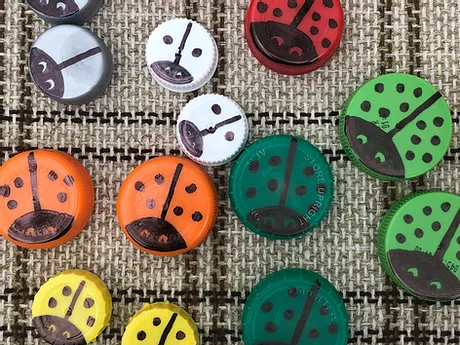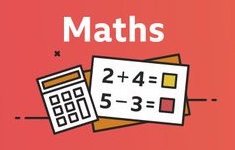Maths

Both as adults and children, we are constantly using maths in our every day lives which develops as we learn new skills. Talking about shapes in a shape sorter with a toddler becomes talking about 2D shape names in Early Years which leads to 3D shapes and properties in KS1. Counting starts with singing the numbers in a nursery rhyme, develops into saying the numbers up to 10, which leads to being able to accurately count 10 objects.
So much of what we do together as a family can support our children’s maths knowledge and understanding; baking a cake includes counting and measuring weight and capacity; board games and card games can use counting forwards and backwards, addition and number recognition; treasure hunts can use position and directional language; even pairing the socks leads to counting in 2s!
Maths subject knowledge from National Curriculum (2014) includes:
-
Number
- number and place value
- addition and subtraction
- multiplication and division
- fractions (including decimals for lower KS2 and percentages for upper KS2)
- Measurement
-
Geometry
- properties of shapes
- position and direction
- Statistics
-
Year 6 subject knowledge also includes:
- Ratio and proportion
- Algebra
Times tables
- number and place value
- addition and subtraction
- multiplication and division
- fractions (including decimals for lower KS2 and percentages for upper KS2)
- properties of shapes
- position and direction
- Ratio and proportion
- Algebra
According to the National Curriculum (2014) these are the expectations for times table knowledge for each year group:
| Year 2: | 2x | 5x | 10x | ||
|---|---|---|---|---|---|
| Year 3: | 3x | 4x | 8x | ||
| Year 4: | 6x | 7x | 9x | 11x | 12x |
| Year 5: | All times and divide facts up to 12x12 | ||||
| Year 6: | All times and divide facts up to 12x12 and related language/symbols e.g. % | ||||
There are some online games that may be useful when practising your maths skills and knowledge:

